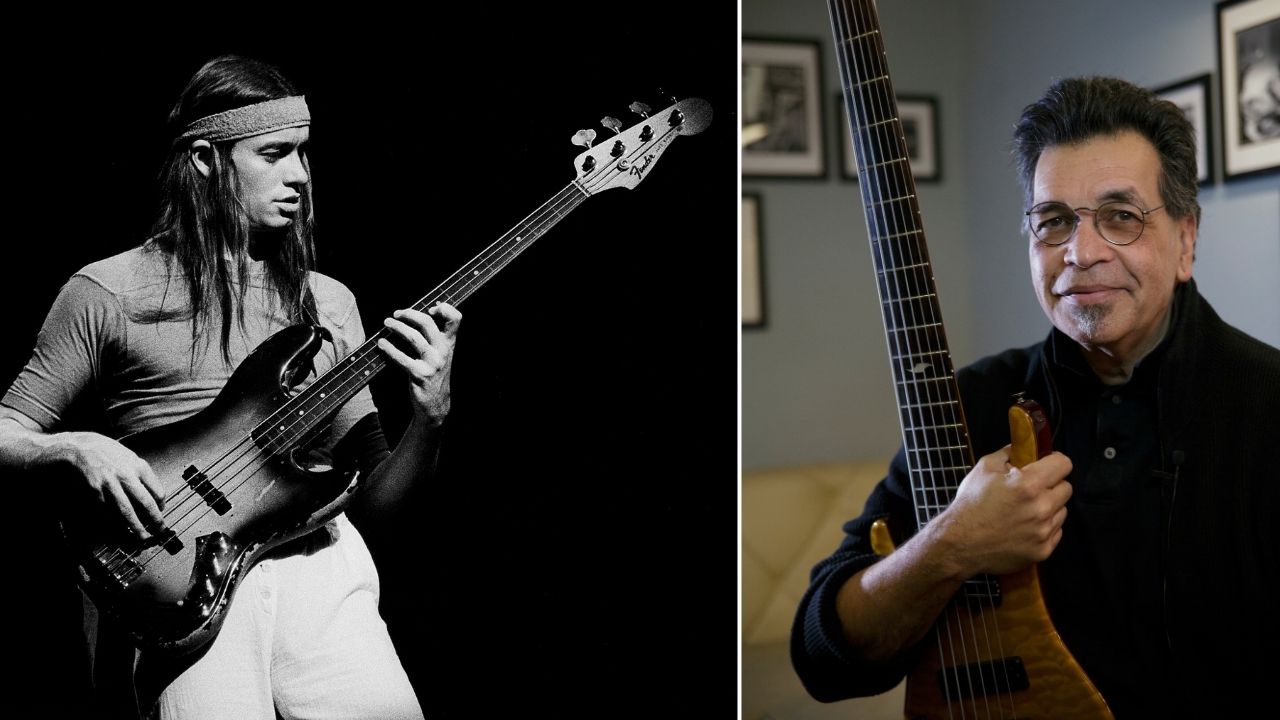The secrets behind Joan Jett’s guitar tone on I Love Rock ’N Roll
A jukebox rock classic borne of a high-output humbucker, pure amp drive and a player who hit the strings hard
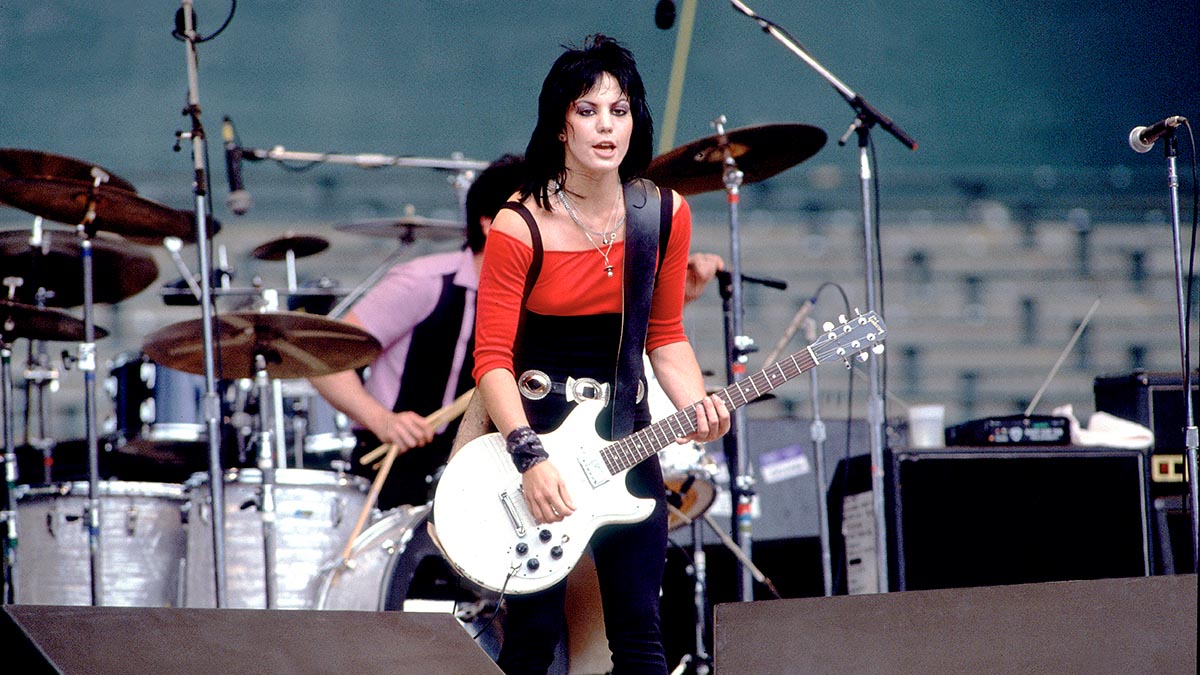
When Joan Jett released I Love Rock ’n Roll in the early '80s, she instantly transformed herself from an underground punk/hard rock misfit best known for her role as the former rhythm guitarist for the Runaways into an international superstar and female rock legend.
The single was a massive hit, reaching Number 1 on the Billboard Hot 100 chart in March 1982 and remaining in the top spot for seven weeks. Surprisingly, this was not the first time the song was released. The original version by the Arrows was issued as a single in the UK in 1975, and Jett recorded a different, previous version in 1979, which appeared as the B-side to her first solo single, You Don’t Own Me.
Jett recorded her first version of I Love Rock ’n Roll with former Sex Pistols Steve Jones and Paul Cook, and it’s possible that Jones may have influenced the gritty, growling rhythm guitar tone that later emerged on Jett’s recordings.
While with the Runaways, Jett played Gibson Les Paul and Melody Maker guitars plugged into a Marshall stack, but after that she swapped the Marshall for a Music Man 212-HD 130 combo (Leo Fender’s post-Fender answer to his legendary Twin Reverb). Jett loved the sound of Jones’ Les Paul/Fender Twin rig, and the Music Man delivered similar goods to a Twin and more.
GUITAR: c. 1965-66 Gibson Melody Maker Double with Red Rhodes Velvet Hammer 54 ceramic magnet humbucker (bridge) and 1971-72 Gibson humbucker (neck) (bridge pickup), Bridge Volume: 10, Bridge Tone: 10
AMP: c. 1978-79 Music Man 212-HD 130 combo (left channel, Input 1, Bright, Volume: 10, Treble: 8, Middle: 7, Bass: 3, Master Volume: 3, Deep) with two Electro-Voice EVM 12L 12-inch speakers
EFFECTS: None
STRINGS/TUNING: D’Addario XL110 (.010-.046)/standard
PICK: D’Andrea Delrex 390 Sharkfin 1.0mm
Featuring a quartet of 6CA7 power amp tubes (the American equivalent of EL34s), a solid-state preamp and a pair of high-efficiency Electro-Voice EVM 12L speakers, Jett’s Music Man amp provided wonderfully clangorous crunch, thanks to the power tubes being pushed to the hilt while the clean headroom of the EV speakers kept the overall tone tight, punchy and dynamic.
Engineer Glen Kolotkin captured the Music Man’s mighty roar using an Electro-Voice RE20 microphone pointed toward the edge of the speaker and placed a few inches away from the grill.
Another secret weapon that boosted the punch further was the Red Rhodes Velvet Hammer 54 humbucking bridge pickup installed in Jett’s circa 1965-66 Gibson Melody Maker.
All the latest guitar news, interviews, lessons, reviews, deals and more, direct to your inbox!
Wired in series, a Velvet Hammer humbucker typically delivers 21 to 22k ohms of DC resistance that can hit an amp’s front end like a Ronda Rousey uppercut. With just a guitar, amp and some well-timed power chords, Jett crafted a vicious sound that redefined rock and roll and is still loved today.
Get the sound, cheap!
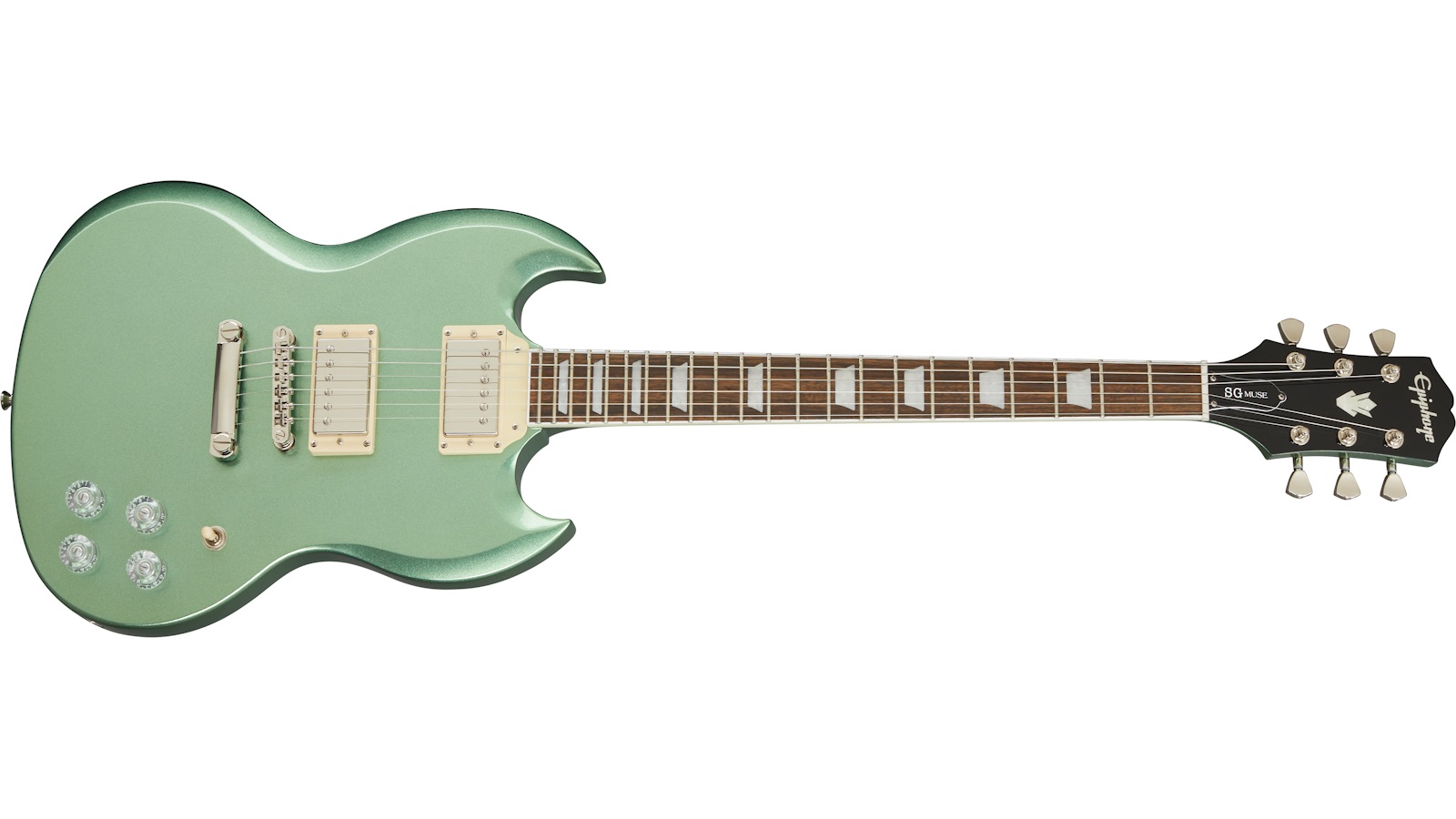
Epiphone SG Muse
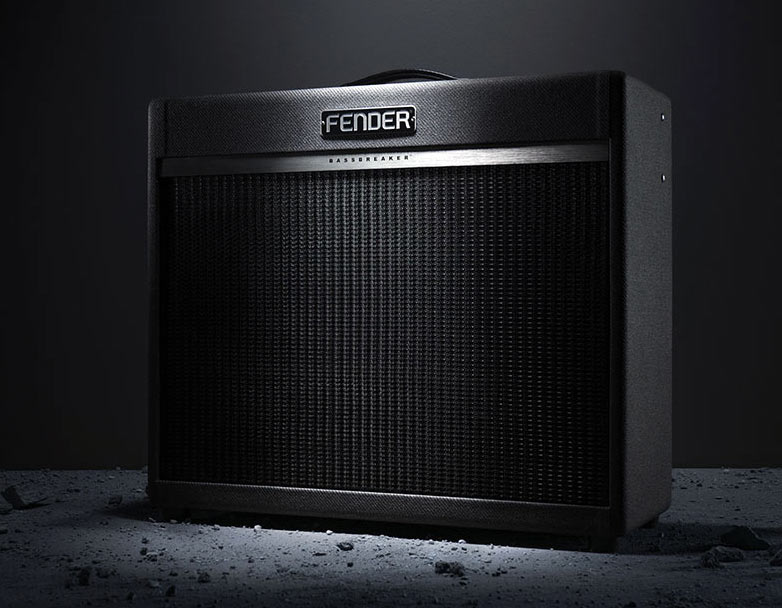
Fender Bassbreaker 15
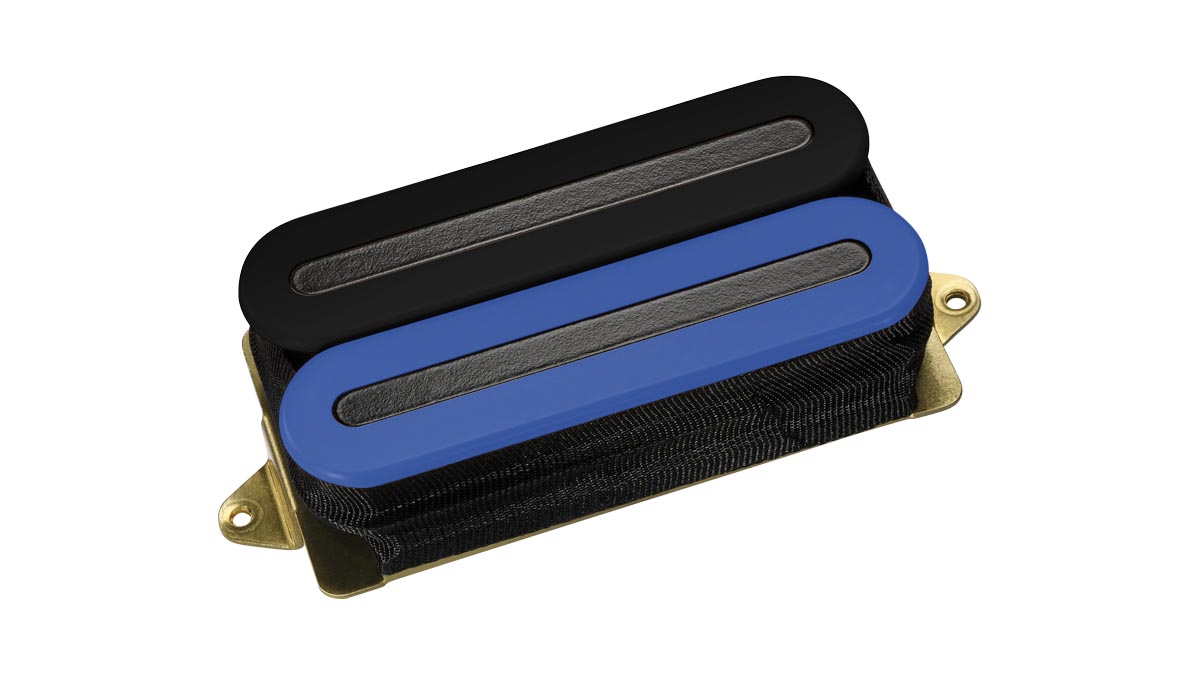
DiMarzio X2N humbucker
Tone tip: Crunch is the key, so crank up the Master Volume but dial in only a moderate amount of gain. The DiMarzio X2N isn’t quite as hot as Jett’s Velvet Hammer pickups, but its ceramic magnet provides suitable treble cut and midrange punch.
Chris is the co-author of Eruption - Conversations with Eddie Van Halen. He is a 40-year music industry veteran who started at Boardwalk Entertainment (Joan Jett, Night Ranger) and Roland US before becoming a guitar journalist in 1991. He has interviewed more than 600 artists, written more than 1,400 product reviews and contributed to Jeff Beck’s Beck 01: Hot Rods and Rock & Roll and Eric Clapton’s Six String Stories.


